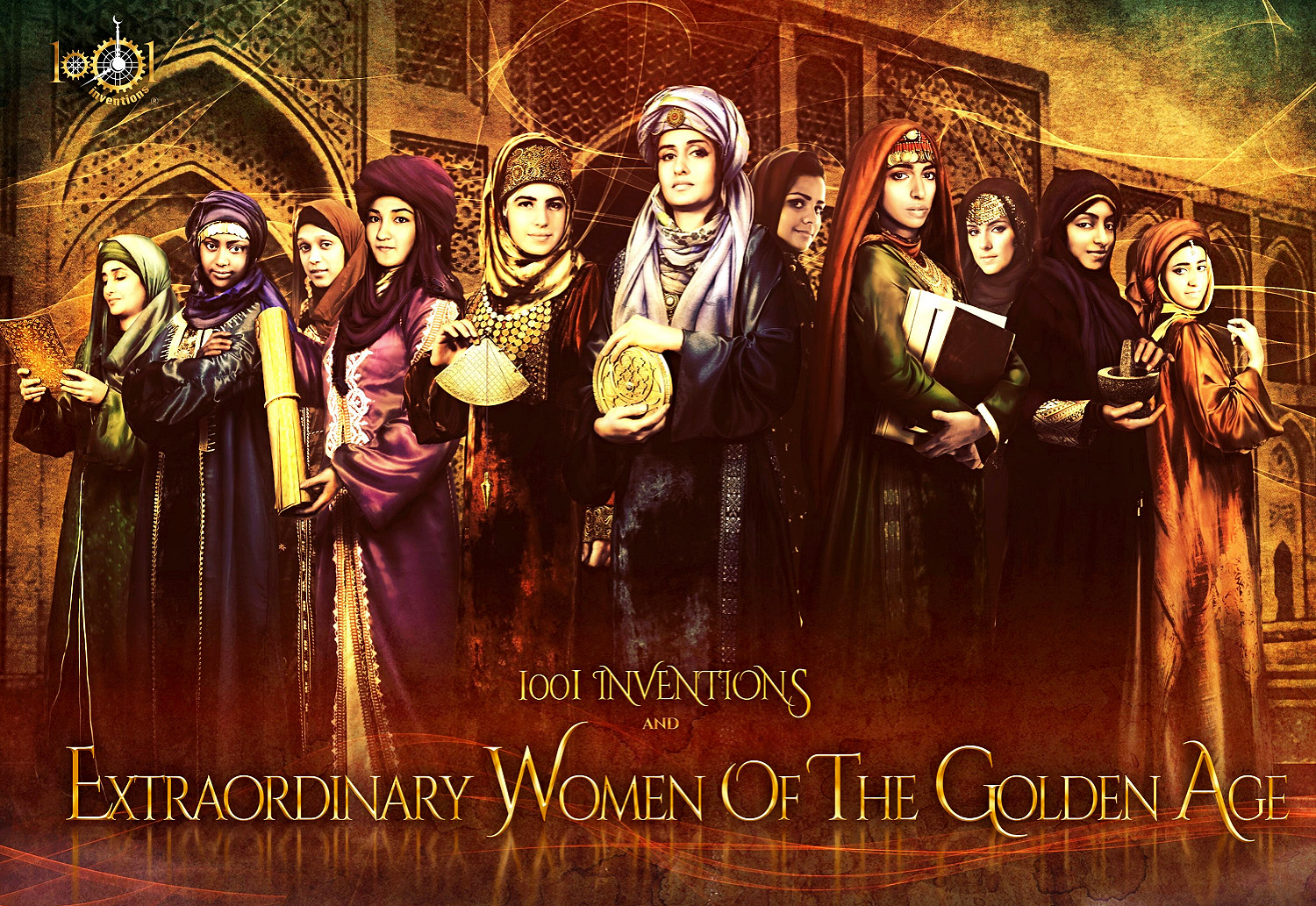
“I’m delighted to announce the World’s first global initiative dedicated to raising awareness of Women pioneers from the Golden Age of Muslim Civilisation.
Our teams and academic partners have spent 10 years conducting the most comprehensive research ever undertaken on Women in the period known as the ‘Golden Age of Arabic Science’ and for the first time ever we’re going to tell those stories in a new global educational initiative.
Through a new touring exhibition, short films, school programmes, art installations and a comprehensive educational campaign we plan to make a huge and permanent impact on global views of Women pioneers in Muslim Civilisation whilst inspiring millions of people to build a better future for our World.”
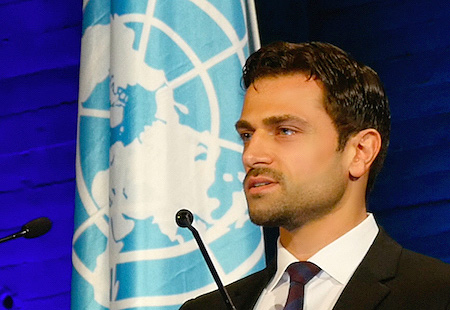 Ahmed Salim
Ahmed Salim
Founder of 1001 Foundation
Director of 1001 Inventions
Take Part
- We’re looking for champions ready to help take this initiative global. If you would like to support, please register with this form
- If you are interested in hosting the exhibition, email: enquiries@1001women.com
- Follow & share our posts: instagram / facebook / twitter / youtube
Lost History
For thousands of years, women left their mark on their societies, changing the course of history at times, and influencing significant spheres of life at others.
In early Muslim Civilisation, extraordinary women from different faiths and backgrounds worked alongside men to advance their communities.
Their inspiring stories, charismatic personalities and determination to contribute to the development of their environment make them beacons that guide young women and men today.
Women at the time participated in all fields of life. There were women who championed educational and cultural efforts like Fatima al-Fihri, and others who excelled in mathematics such as Sutayta al-Mahamili, the medical field, administration and management, philosophy and the arts. Others played key political roles and ruled important territories in the Muslim Civilisation, some of those included Labana of Cordoba of the 10th century (Spain), Sitt al-Mulk of the 11th century (Egypt), Melike Mama Hatun of the 12th century (Turkey), Razia (or Raziyya) Sultana of Delhi of 13th century (India) and many many more…
During that time, commonly referred to as the ‘Golden Age of Arabic Science’, the scholars and change-makers were multidisciplined. They excelled in a variety of what we define as professions today. We label them now as a scientist or a physician or a pioneering leader, purely to help prioritise our storytelling.
Also note, we refer to this period as a ‘Golden Age’ of ‘Muslim Civilisation’ or ‘Arabic Science’ but this does not mean that the scholars and pioneers were specifically Muslim or Arab. This civilisation spread from Spain to the border of China and within these lands, we find men and women of various faiths and cultures. The primary language of the knowledge-based manuscripts across this region was Arabic, hence we use the term “Arabic Science”.
Ongoing research continues as we delve into ancient manuscripts archived around the world hoping to shed more light on Women pioneers from that period of lost history.
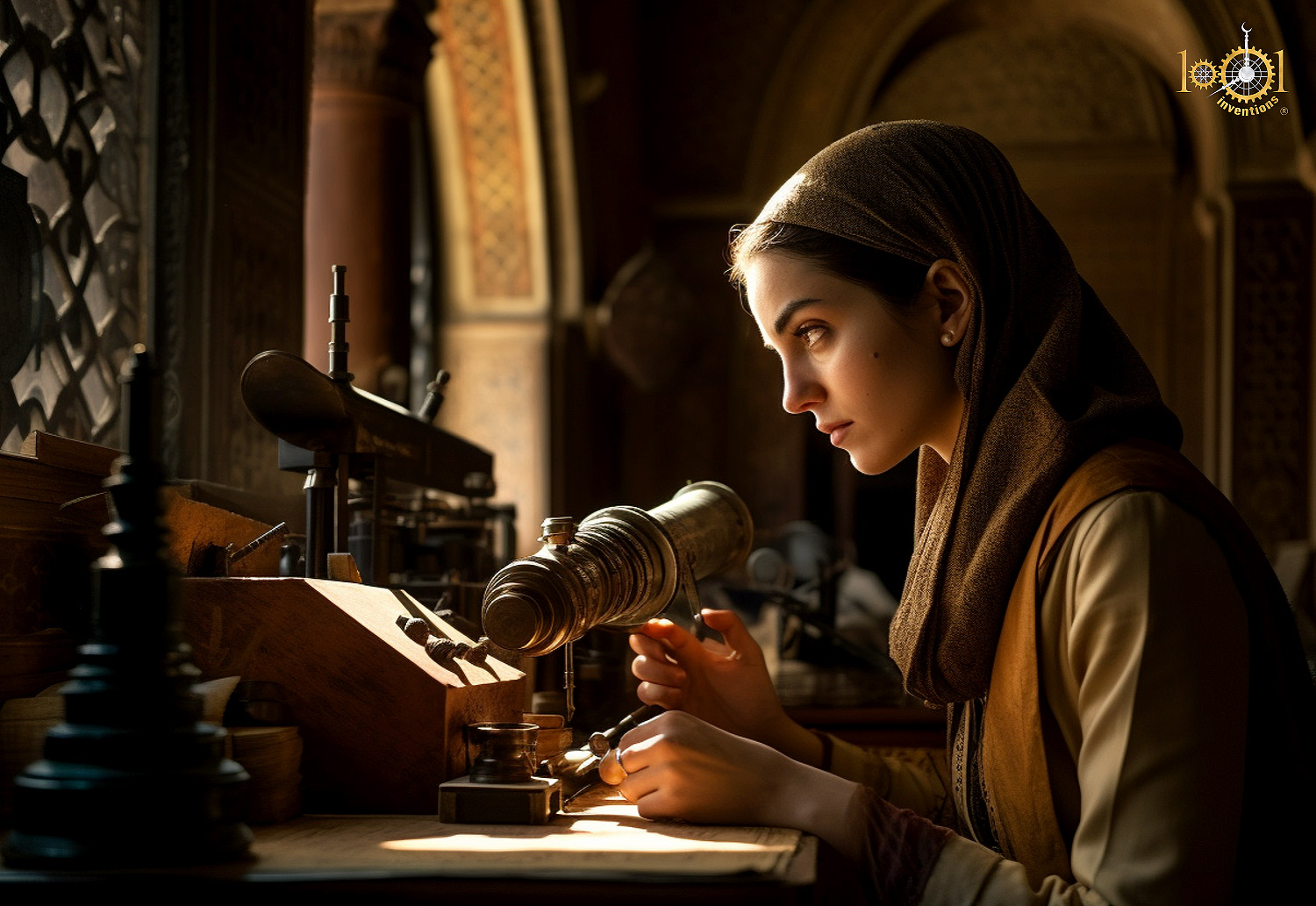
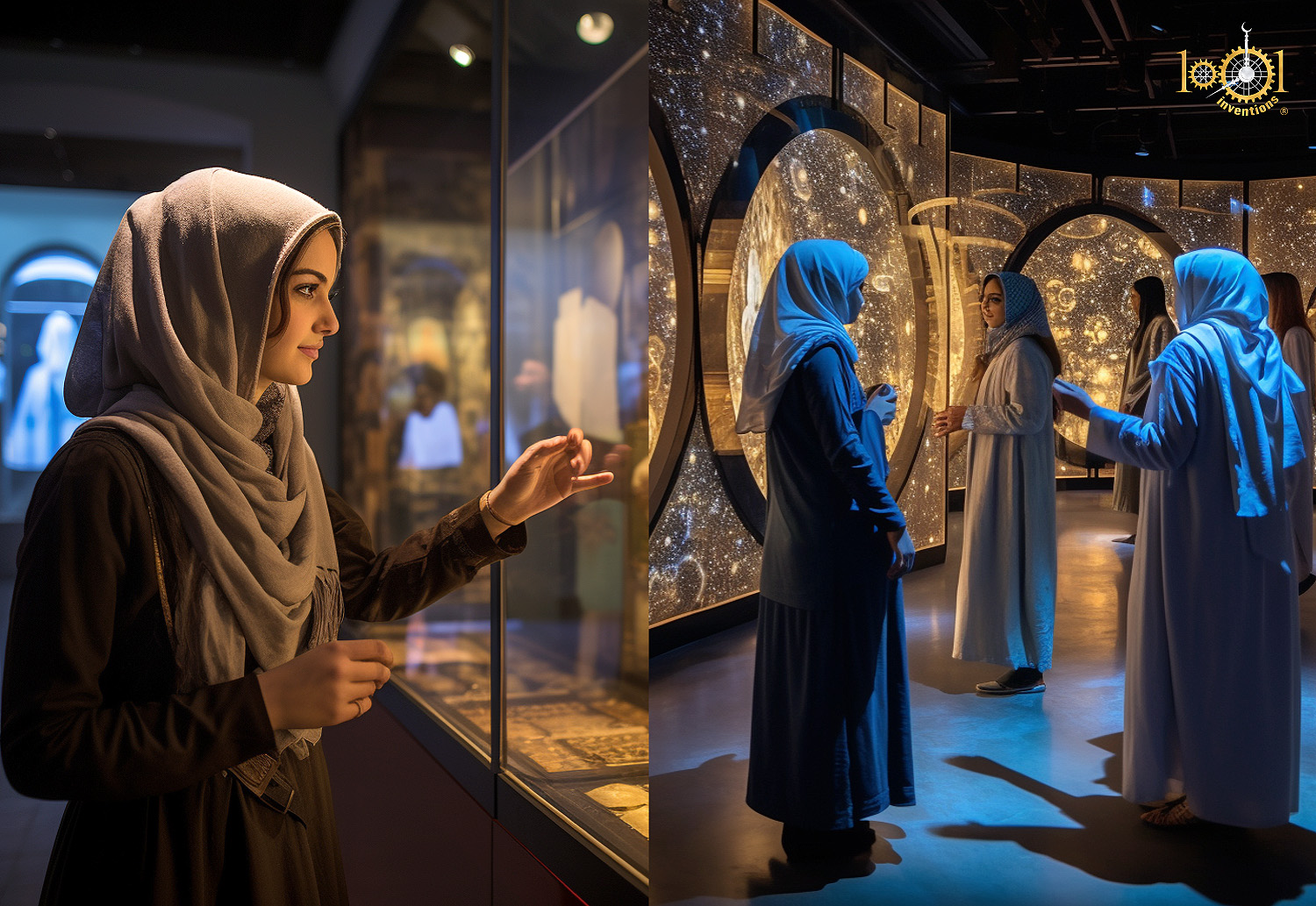
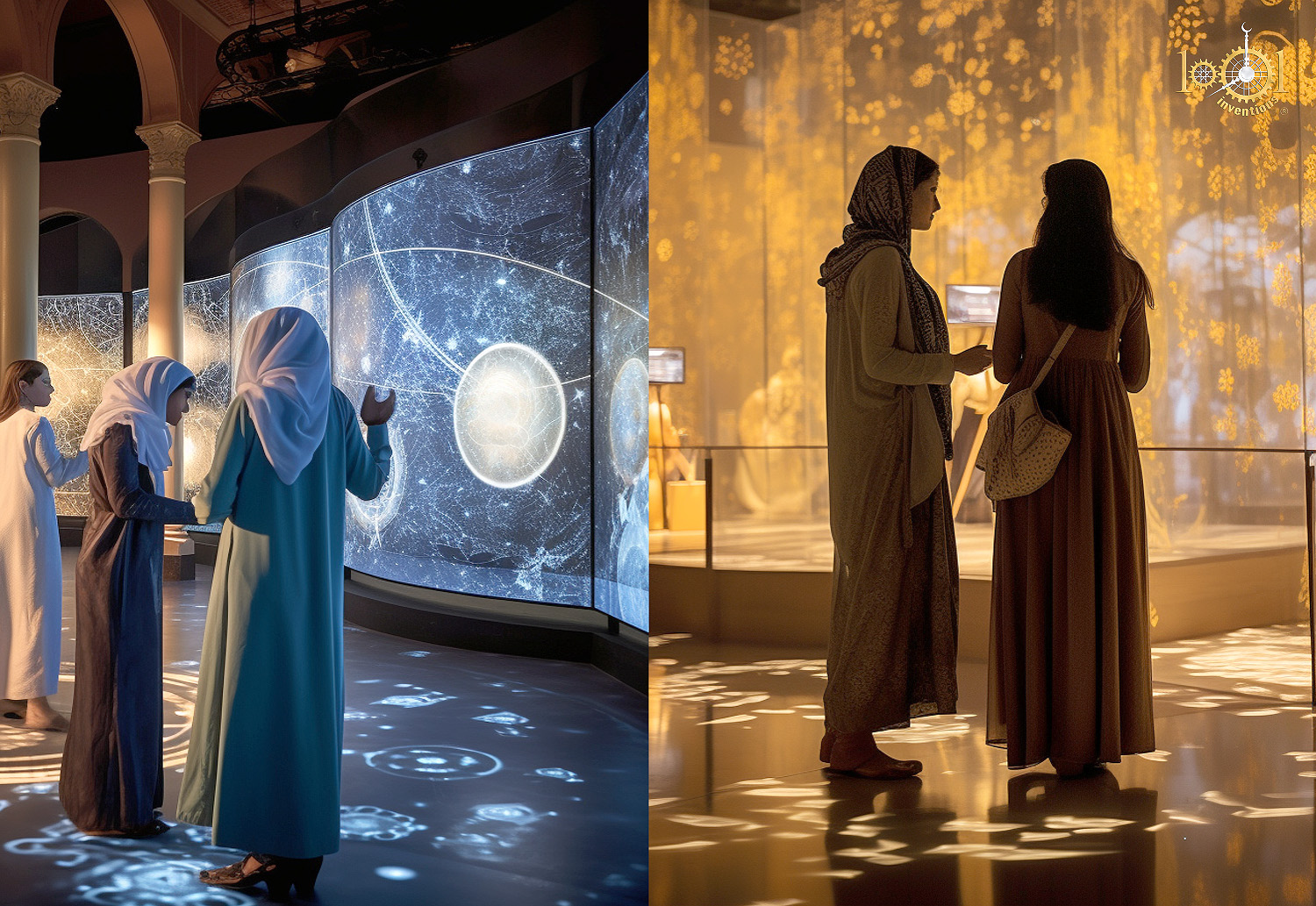

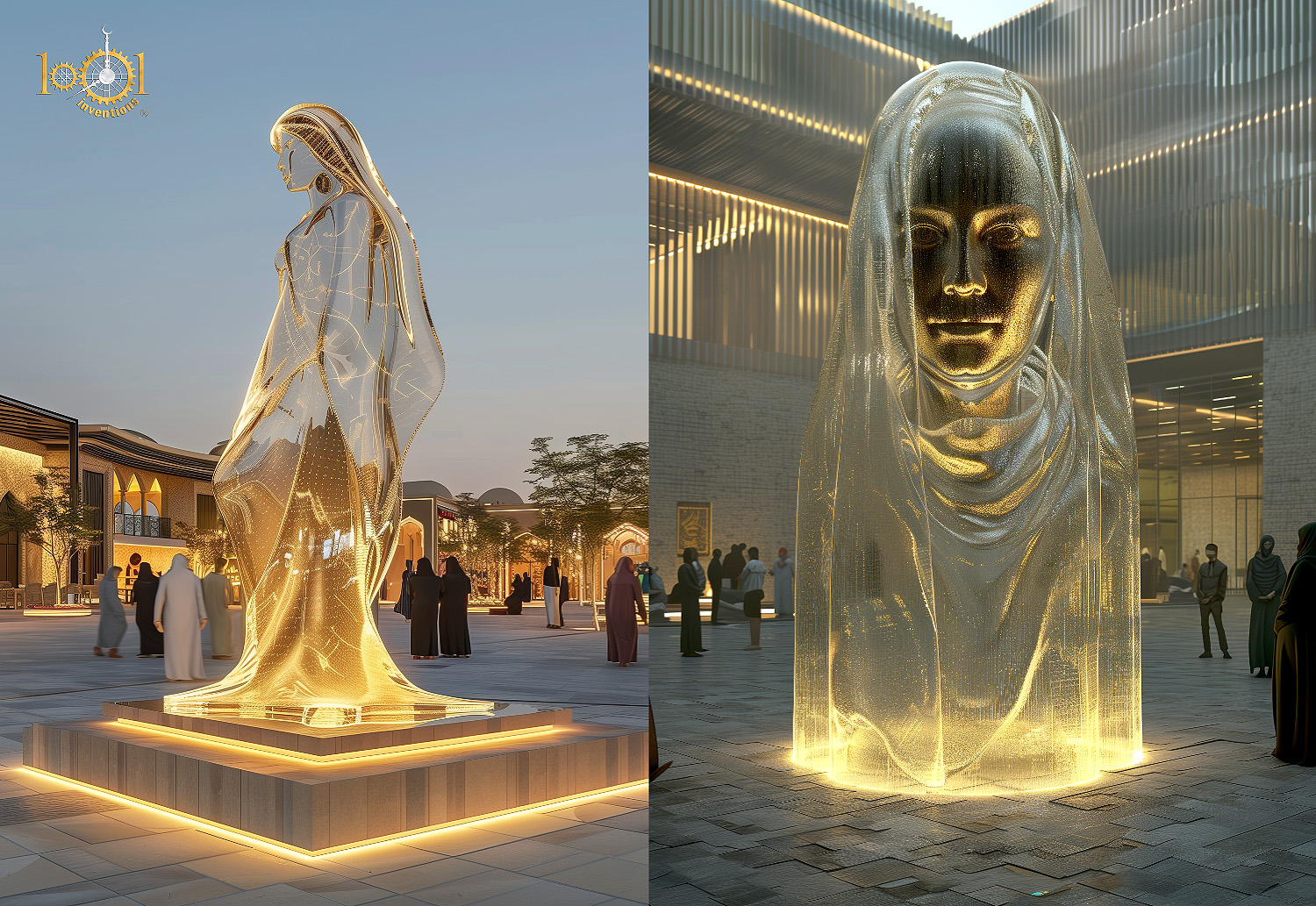
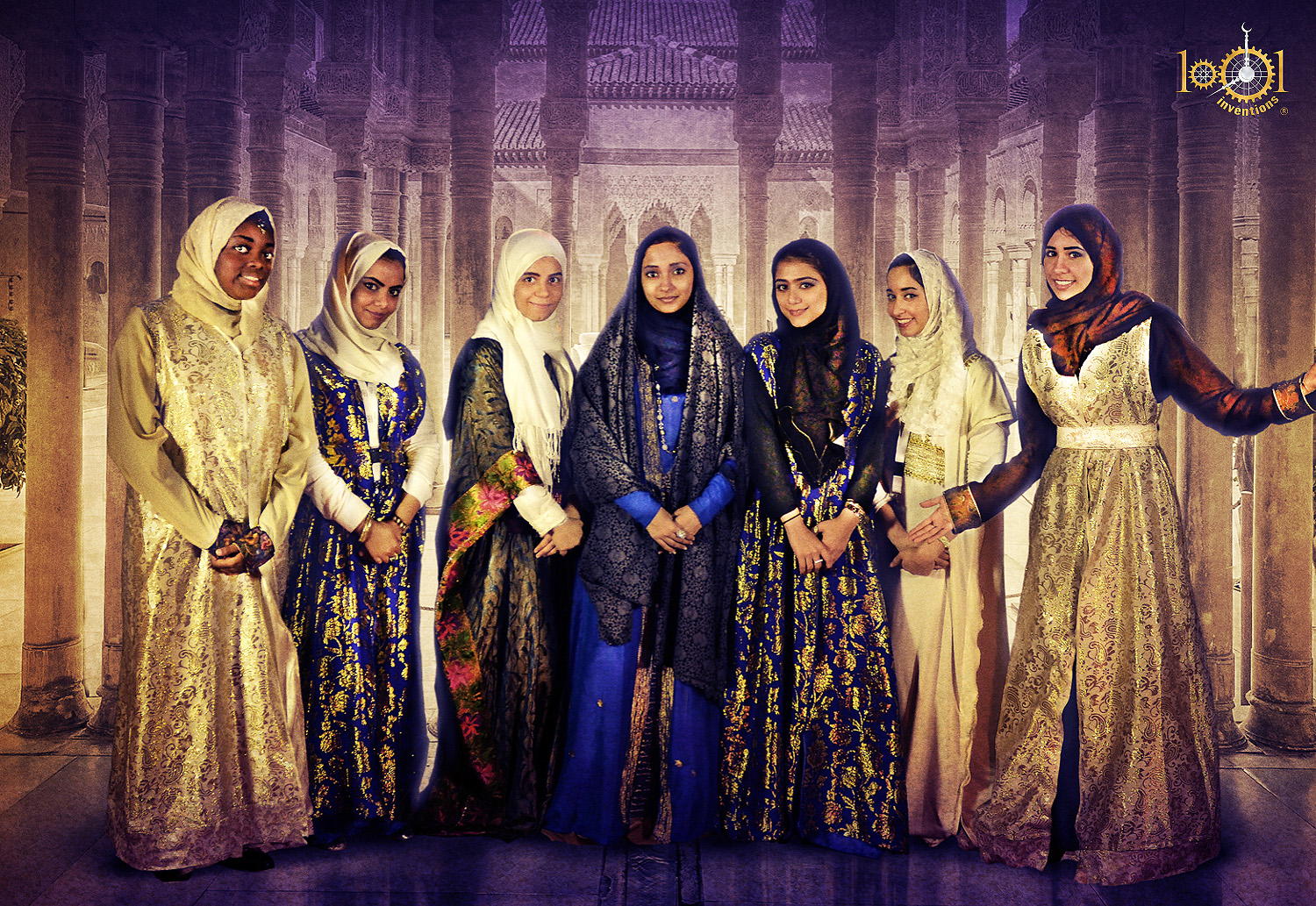
Aims
This global initiative pays tribute to some of these extraordinary women and highlights their contributions. This is an exciting journey of discovery that aims to:
- Permanently correct global miss-conceptions of the role of Women pioneers in Muslim Civilisation especially during the period known as the ‘Golden Age of Arabic Science’.
- Introduce heroines and talented women as inspirational role models.
- Inspire people to pursue careers in science, technology, medicine, engineering, literature and the arts.
- Encourage inquisitiveness and curiosity in youth in the world around them and empower them with the skills and creative thinking methodologies to enable them to meet the challenges of the 21st century.
- Inspire ambition and motivation in young people to strive towards building a brighter and better future together.
- Encourage aspirational attitude, a sense of pride and instill values of acceptance and inclusion.
Meet some of those Women pioneers
Fatima al-Fihriya, nicknamed Um al-Banin or ‘the mother of children’, this ninth-century patron of art and buildings from Fez/Fes, Morocco, founded Al-Qarawiyin mosque, which was dedicated to learning. It later became one of the oldest universities in the world.
Al-Shifaa bint Abdulla (7th century), administered medical healing at her house; was appointed as ‘Muhtasibah’ – health and safety executive for the city of Madina.
Razia (or Raziyya) Sultana of Delhi took power in Delhi for four years (1236-1240 CE). She was the only woman ever to sit on the throne of Delhi. Razia’s ancestors were Muslims of Turkish descent who came to India in the 11th century. Contrary to custom, her father selected her, over her brothers, to be his successor. After her father’s death, she was persuaded to step down from the throne in favour of her stepbrother Ruknuddin, but, opposed to his rule, the people demanded that she become Sultana in 1236. She established peace and order, encouraged trade, built roads, planted trees, dug wells, supported poets, painters, and musicians, constructed schools and libraries, appeared in public without the veil, wore the tunic and headdress of a man. State meetings were often open to the people. Yet, she made enemies when she tried to eliminate some of the discriminations against her Hindu subjects.
Zubayda bint Abu Jaafar al-Mansour (9th century); Baghdad; Wife of Haroun al-Rashid; Patron of science and art; commissioned building projects including one building service station with water wells along the pilgrimage route from Baghdad to Makka. During the Muslim civilisation, numerous women excelled in various fields in Subsaharan Africa. Among them was Queen Amina of Zaria (1588-1589). She was the eldest daughter of Bakwa Turunku, who founded the Zazzau Kingdom in 1536. Amina came to power between 1588 and 1589. Amina is generally remembered for her fierce military exploits. Of special quality is her brilliant military strategy and in particular engineering skills in erecting great walled camps during her various campaigns. She is generally credited with the building of the famous Zaria wall.
Labana al-Qurtubiya (10th century); Cordoba, Al-Andaluse; Mathematician, known for her knowledge in solving complex geometrical and algebraic problems. She was thoroughly versed in the exact sciences; her talents were equal to the solution of the most complex geometrical and algebraic problems, and her vast acquaintance with general literature obtained her the important employment of private secretary to the Caliph Al-Hakam II.
Maryam al-Ijliya al-Astrulabiya/al-Astrulabi (944-967); Aleppo, Syria; she was a skilled maker of astrolabes used for astronomy and time-telling. has a very unusual story to tell. Unlike most other women of the 10th century, she took up a trade and is remembered today for her skilful instrument-making. Her father had been an apprentice in Baghdad to a famous maker of astrolabes – intricate devices for land navigation and time-telling. She also became his pupil.
Sutayta al-Mahmali. Sutayta was taught and guided by several scholars including her father. Other scholars who taught her were Abu Hamza b. Qasim, Omar b. Abdul-‘Aziz al-Hashimi, Ismail b. Al-Abbas al-Warraq and Abdul-Alghafir b. Salamah al-Homsi. She was praised by historians such as Ibn al-Jawzi, Ibn al-Khatib Baghdadi and Ibn Kathīr. She died in the year 377H/987CE. Sutayta did not specialise in just one subject but excelled in many fields such as Arabic literature, hadith, and jurisprudence as well as mathematics. It is said that she was an expert in hisab (arithmetics) and fara’idh (successoral calculations), both being practical branches of mathematics that were well-developed in her time. It is said also that she invented solutions to equations that have been cited by other mathematicians, which denotes aptitude in algebra. Although these equations were few, they demonstrated that her skills in mathematics went beyond a simple aptitude to perform calculations.
Gevher Nesibe Sultan “was an early 13th-century princess of the Sultanate of Rum, the daughter of Kilij Arslan II and sister of Kaykhusraw I, and the namesake of a magnificent complex comprising a hospital, an adjoining medrese/madrasa devoted primarily to medical studies, and a mosque in Kayseri, Turkey. The complex (külliye in Turkish) that she endowed, is considered one of the preeminent monuments of Seljuk architecture. The hospital was built between 1204 and 1206, and the madrasa, whose construction started immediately after Gevher Nesibe died in 1206, was finished in 1210. The complex takes its name from the princess. The madrasa within is known under a variety of names: the Gevher Nesibe Medrese; the Çifte Medrese (Twin Medrese); or as the Gıyasiye Medrese, after Ghiyath al-Din Kaykhusraw I, who was responsible for its construction. The tomb within the madrasa is said to belong to Gevher Nesibe.”
Melike Mama Hatun, or simply Mama Hatun, was a female ruler of the Saltukid dynasty, with its capital in Erzurum, for an estimated nine years between 1191 to 1200. During her reign, she had a caravanserai, a mosque, a bridge, and a hammam built in the town of Tercan, located midway between Erzincan and Erzurum, which are still standing and are named after her. Her tomb is also in Tercan. The town itself was called Mamahatun until recently and is still referred to as such locally. Mama Hatun also remains a vivacious figure in Turkish folk literature to this day. Mama Hatun Kulliyesi (Kulliye means a complex of buildings adjacent to a mosque, “Collage” in modern English).
Zaynab Al Shahda, 12th Century, was a famous female calligrapher who was renowned for her work in fiqh (Islamic law) and hadiths, in addition to her Husn-i Khatt. She was highly praised and positioned and was appointed as a teacher of Yaqut, the last Abbasid Caliph. She was also the calligrapher in the Musa Palace. She was a brilliant, well-established teacher and many people had the opportunity to study with her and to receive their ijaza from her. The fame of Zaynab was well established when she was named Siqat al-Dawla because of her association with al-Muktafibillah, the Abbasid Caliph. She spent her time studying science and literature…
This is just a short example of the many Women pioneers featured in this new global initiative. Follow us on social media to find out more:
youtube.com/user/1001Inventions


